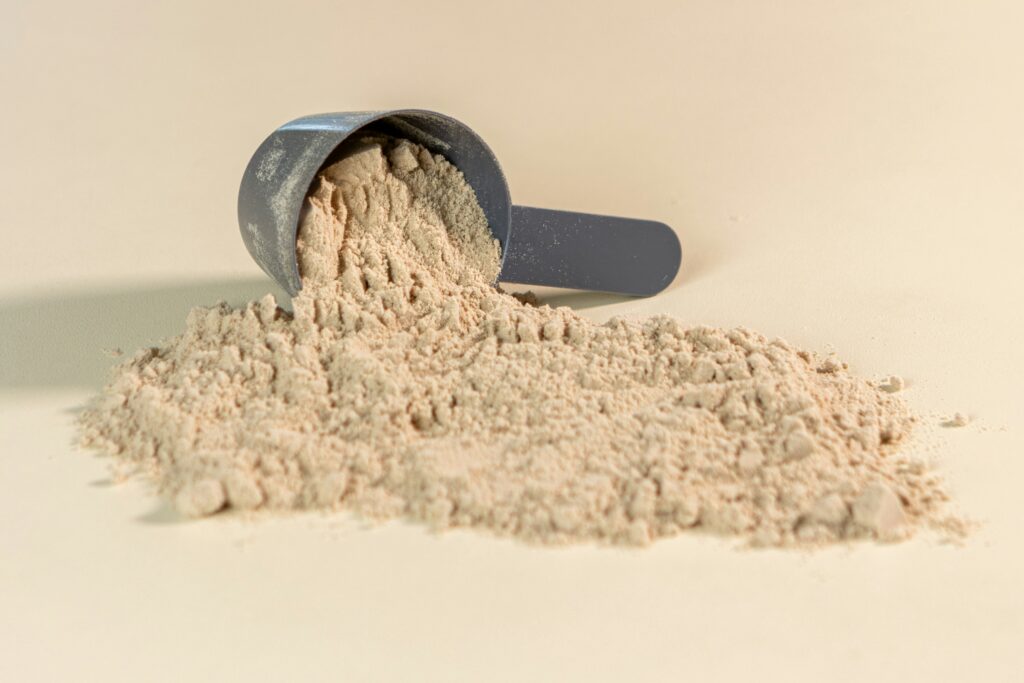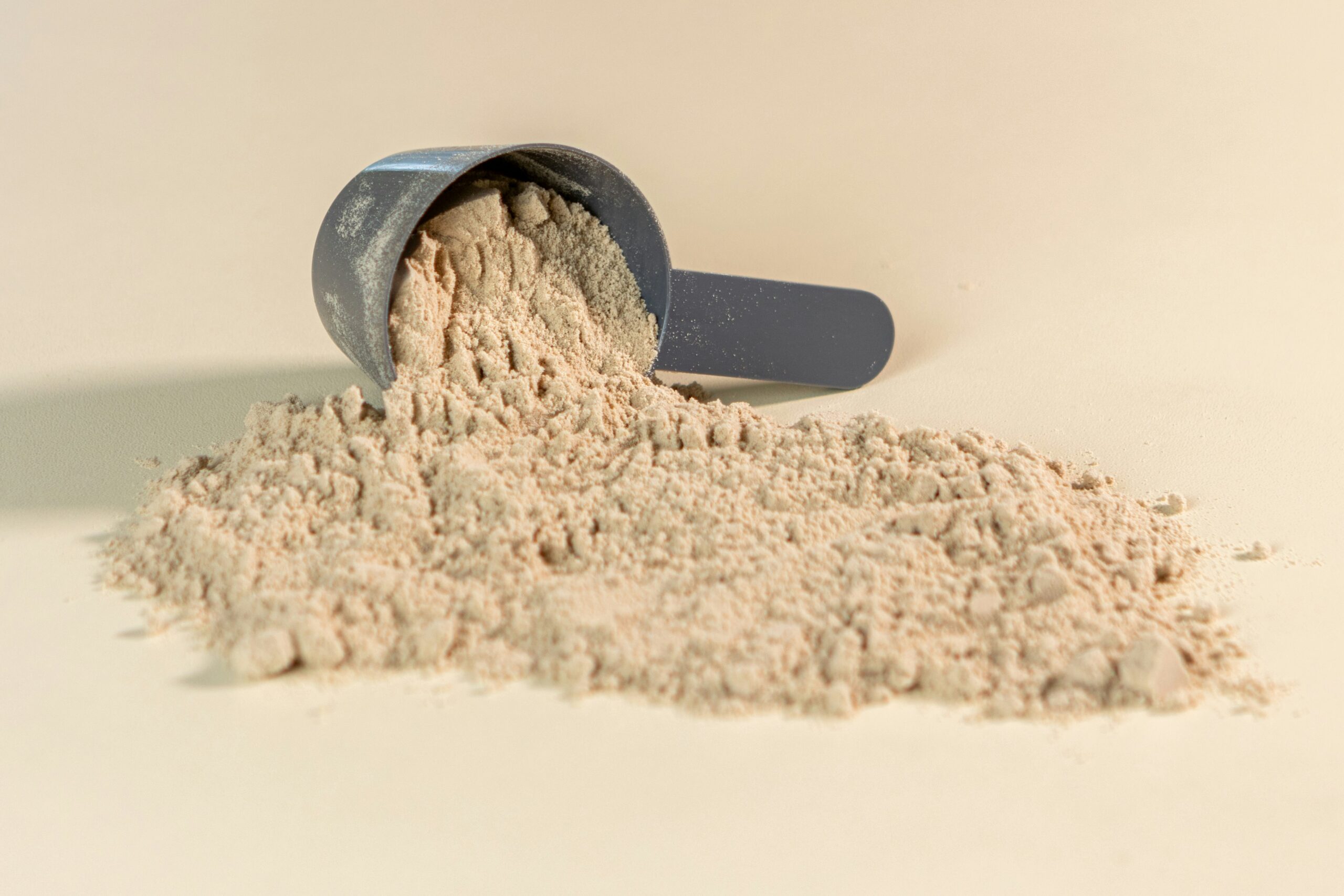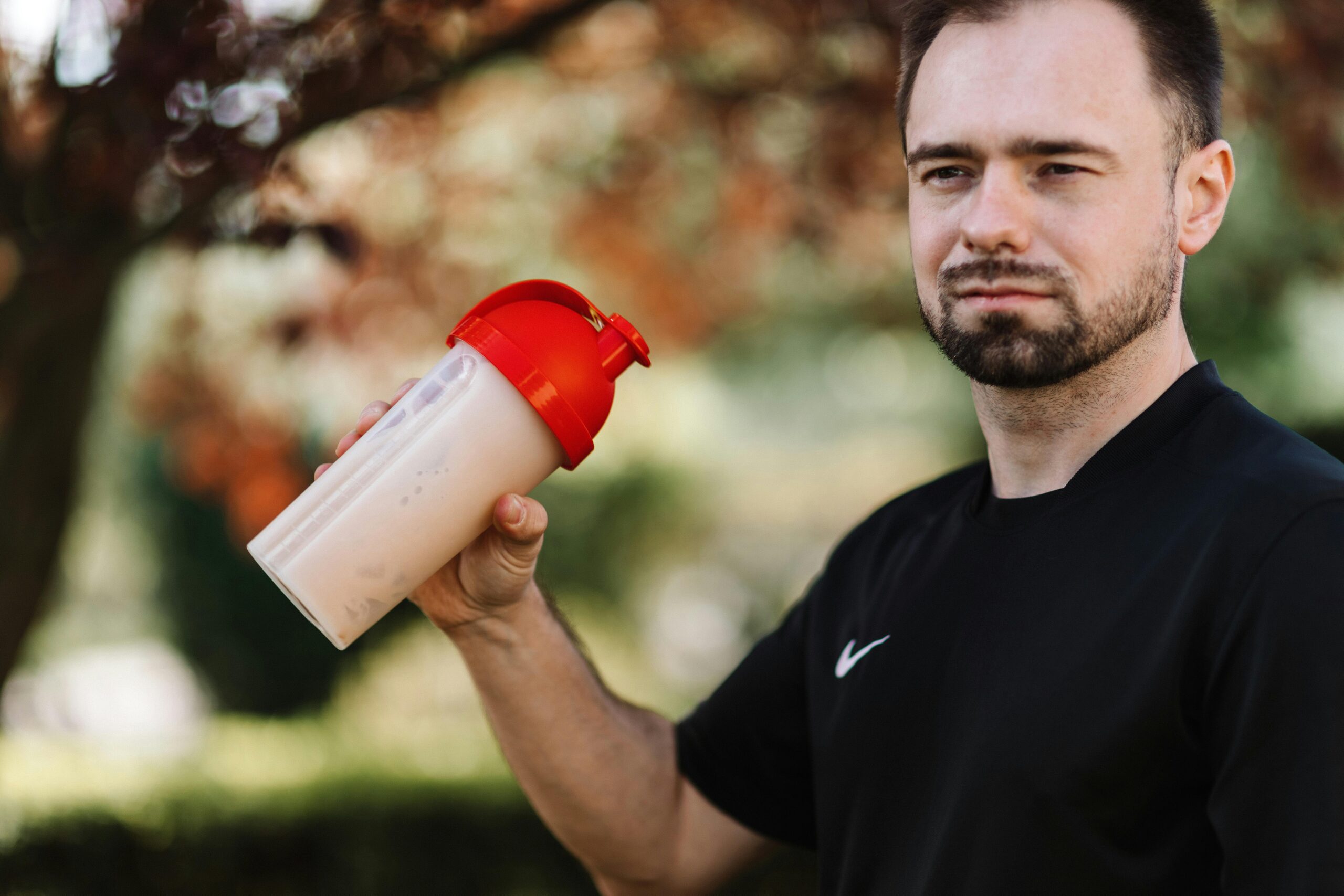Whey protein powder has been widely used in the fitness, nutrition, and as well as daily wellness industry. If your goal is to gain muscle mass, lose weight, or if you simply want to get your daily protein intake in a pint glass, protein powder products fit this bill perfectly. But with such an impressive variety, how do you know that you are choosing the right type of paper for your writing? Most importantly, one would perhaps like to know how exactly does this protein powder come into being? In this article you will learn all about what goes into it, what are the benefits of this process, the main types of and how to select it for your needs.

What is Protein Powder?
In its simplest terms, protein powder is a dense rich protein substance that comes from animal or plant foods. Some examples of these sources can include dairy, eggs, peas, soy and many others. Protein powder is a very leachable source of protein since it can be a challenging task to obtain whole food proteins at certain times or places. But it is not just a supplement for getting a pump, it can be utilized by those who simply wish to incorporate more protein into their diet.
How Protein Powder is Made
- Styling protein powder involves the raw protein base which may be milk, peas, soy or eggs among a list of other proteins. Let’s use whey protein as an example since it’s one of the most popular options:
- Milk Separation: These include whey protein which is obtained from cheese production as the cheese maker look for ways of removing it. Whey is obtained when milk is split into curd, which forms the cheese and liquid known as whey, the latter one is further processed.
- Filtration: The remaining liquid whey is subjected to several filtration stages in order to elaborate it from fats, carbohydrates and lactose. These two serve to give protein a denser form of concentration within the dish. But the wider the filtration, the purer results are achieved when it comes to the proteins. This is why you may come across names such as: whey protein isolate (even more purified) and whey protein concentrate (less purified).
- Drying: After this, the remaining liquid whey in form of aqueous liquid is further concentrated into solid powder, by methods such as spray drying. This makes it possible to blend with other ingredients and add to shakes or the food of your choice.
- Flavoring and Packaging: The last process is that the product may be flavored using natural or artificial flavors and sweeteners depending on the manufacturers production line wants to produce with or without additional ingredients such as vitamins or digestive enzymes. The protein powder is then formulated and prepared as food they are packed.
Protein powders, such as pea or soy protein powder, are found through a process of extraction and filtration, but with the focus on plant proteins instead of the dairy.
Benefits of Protein Powder
Eating protein powder has so many nutritional advantages and has nothing to do with the gym goer or so called ‘body builder’ only. Regardless of whether you are lean and wanting to shed more fat, or simply looking to enhance your athletic performance, protein powder can be helpful.
Equate Strength supports the growth of muscles as well as repairs them.
Muscle building and tissue repair is one of the main uses why people consume protein particularly in the form of powder. Muscles are made out of protein, and after any high-intensity training session, muscles need protein to repair themselves and get even bigger than before. Protein powder can easily help replenish your bodies supply of amino acids required for this process.
Post-Workout Recovery: Milk protein powders and especially whey protein can help replenish the losses of muscles and build them up more quickly than they are demolished.
Weight Management and Satiety
It establishes that protein is one of the best macronutrient in terms of its ability to help you feel fuller for longer. This makes protein powder a great resource for anyone wanting to control their intake of calories.
Keeps You Full: Protein powder can therefore be blended into meals or as a complement to meals to help reduce eating between main meals.
Supports Fat Loss: Protein powder is useful when on a low calorie diet because it keeps the body from losing muscle mass and gains in weight ‘fat’ as well.
Time constraints has:
One of the virtues of protein powder is choice; it is easy to use. That is why when you are pressed on time, you will find it very useful to prepare yourself a quick shake. It is transportable which requires no preparation; easy to mix in liquids; best taken with various types of foods such as oatmeal, yogurt and in smoothies.
Easy Protein Boost: Whether at a place of work, traveling, or just rushing to get through the day without a sit down meal, protein powder offers a fast and efficient way to increase that protein intake.
Types of Protein Powder
There are different types of protein powders and all are useful in some way or another. Here are the most common types:
Whey Protein
Whey protein itself is easily the most popular form of protein supplement, and for a good reason at that. Bio available is very high and thus you get an efficient absorption into body tissues and cells. It makes it perfect for use after a workout when muscles require more protein than normal, hence its rapid uptake is beneficial.
Casein Protein
In particular, if you are searching for a slow digesting proteins, use casein. This protein is slow in digestion, and is therefore suitable for evening meals, or any time you do not expect to be eating again shortly. It releases amino acids gradually thereby feeding muscles for several hours.
Plant-Based Protein
Those who do not consume dairy products, I recommend plant proteins from peas, soybeans, and hemp. While they may be less in some amino acids than whey, many manufacturers mix different plant proteins to give a balanced amino acid profile.
Egg Protein
Egg protein is another high quality food, that contain protein from the egg white. This makes it an ideal protein for individuals who have a sensitivity or intolerance to dairy products and plant proteins and want to get all the amino acids in their diets.
How to Choose the Right Protein Powder
Selecting the proper protein powder depends on the reason of using the powder, a personal desire, or a requirement that has to be met. Here are some key factors to consider:
Consider Your Fitness Goals
What are your fitness goals, do you want to gain muscle mass put on some size or maybe you are interested in lean muscle gains and cutting up? Based on this, depending on the purpose, different types of protein powders will help. For instance, if you are concerned with muscular growth, then whey protein is likely to serve you right. When considering the usage of protein powder for usage in weight loss, a protein powder with less than a gram of sugar or carbohydrate is desirable.
Check the Ingredient List
Before buying protein powder, one should always look at the list of ingredients. This means that the protein powders to buy should have the least number of ingredients and or components, and they should be natural. Choose natural sugars such as stevia or monk fruit as opposed to regular sugar or even other artificial sweeteners.
Taste and Texture
The best protein powder is the one that will actually be enjoyable for you to take! Some people find that they do not like the actual taste and texture of kale, if possible avoid reviews and instead purchase only a small amount of the first kale you try to see if its taste and texture is pleasing to your personal palate. Some powders may be gritty while the other can have a unpleasant taste like overly sweet or artificially sweetened.
Dietary Restrictions
Be very attentive in selecting a protein powder by opting for the variant that is most appropriate for your diet. If you are a lactose intolerant individual, use plant or lactose free protein powders. However, for vegans, it’s best to only use plant proteins such as pea or hemp protein.
Budget and Value
As I mentioned before, protein powders can range quite a bit in price, but don’t let it be the method to compare. Think about how much per serving and whether or not the quality of these ingredients is good. However, a protein powder that costs more may provide better value because of the natural sources of the ingredients used for it.
How to Use Protein Powder
Some of the most common common uses of protein powder are below: Whether you’re using it for post-workout recovery or as a meal replacement, here are a few ideas:
Post-Workout Recovery
A protein shake is arguably one of the best ways to replenish lost energy after a work out session. When you need an easy and a quick way to take protein, you can prepare a protein shake by dissolving the protein powder with water, milk or a milk substitute.
Meal Replacement and Snacks
It can be used for the preparation of smoothie, oats, yoghurt or cookies for snacking or instead of meals. This makes it rather convenient at adding a lot of protein to your diet without having to make a full meal.
Baking and Cooking
Finally, protein powder can be blended into your favorite foods to form new meal recipes in the kitchen. You can mix it into pancakes, muffins or create your own protein bar at home, making it both delicious and healthy.
Daily Protein Needs
The recommended amount per day is usually.8– 1.2 grams of protein per kilogram of body weight depending on the level of activity. Protein powder can provide you with necessities of your daily protein intake, provided that you lead an active life or need more protein than normal.
Two Popular Misconceptions about Protein Powder
There are several misconceptions about protein powder, so let’s bust a few myths:
- Myth 1: Many people have taken it on themselves to resell protein powder by stating that it is for bodybuilders only. Protein powder is commonly taken by bodybuilders as a way to fuel muscle masses, but it can help anyone. Regardless of whether you are an active person, a business person, or a normal person in between, protein powder is a helpful supplement.
- Myth 2: Can Protein Powder Make You Gain Weight Protein powder in itself is not a product that is going to make you gain weight, or fat for that matter. Taking the idea of the calorie balance idea further, it’s the overall quantity of calories consumed that defines weight loss, gain or stability.


